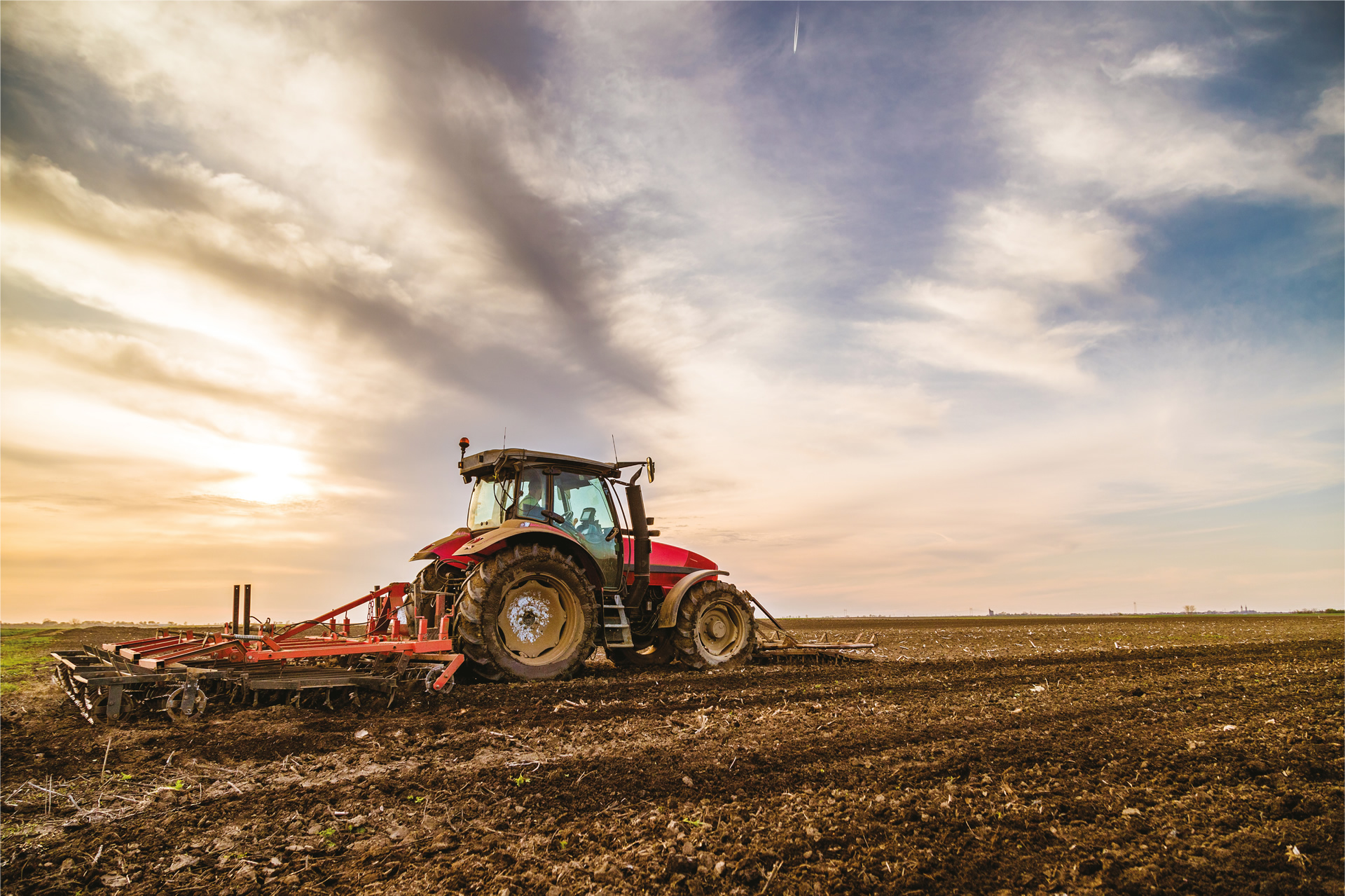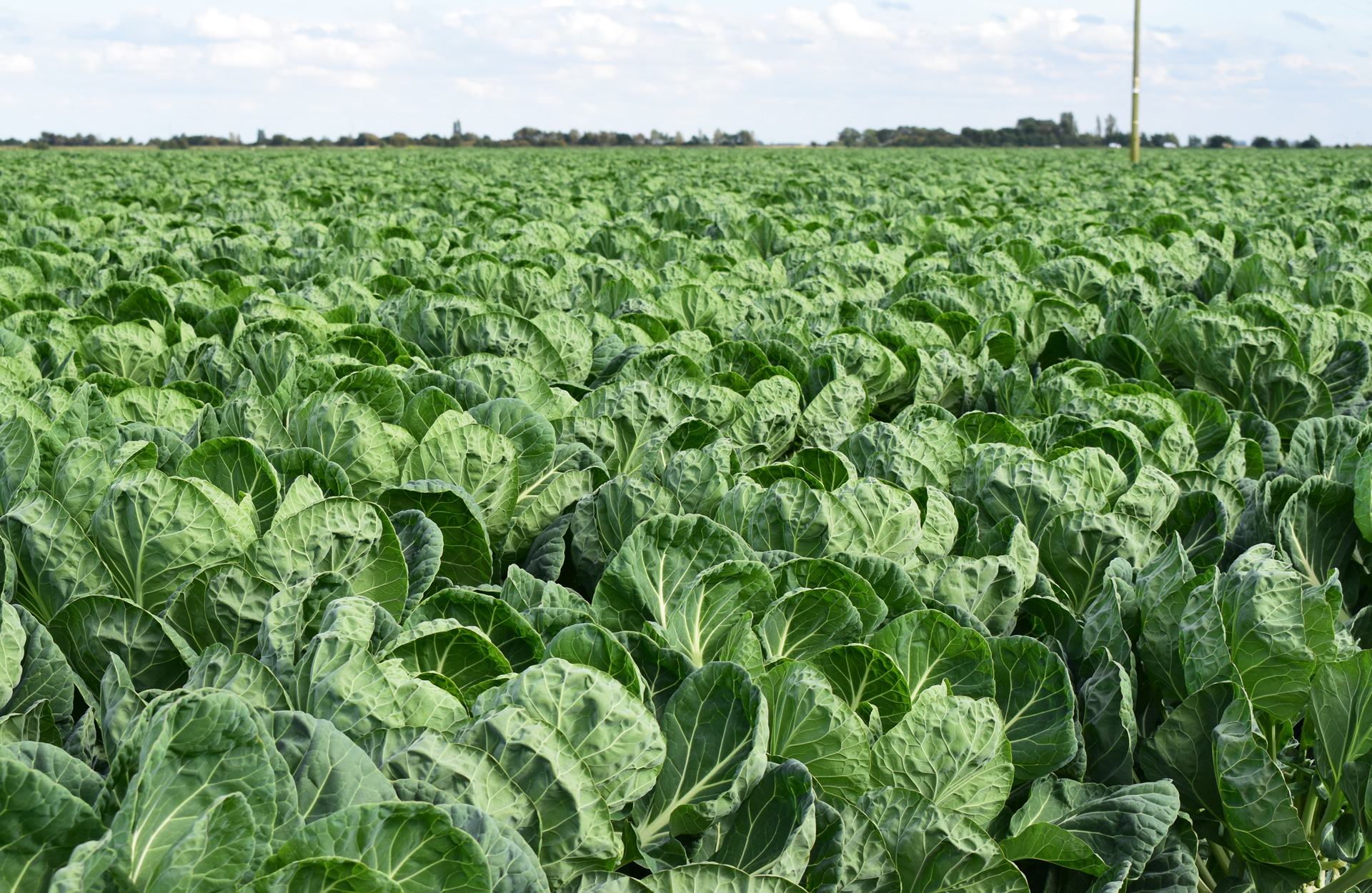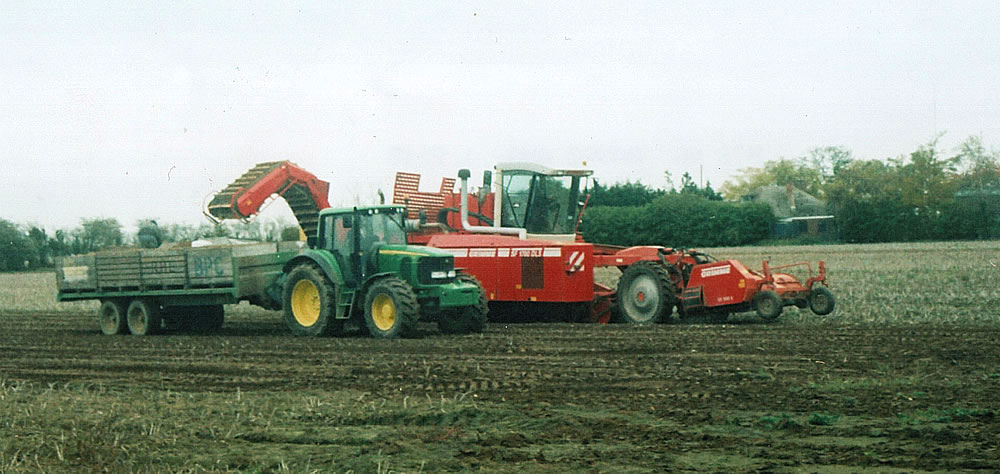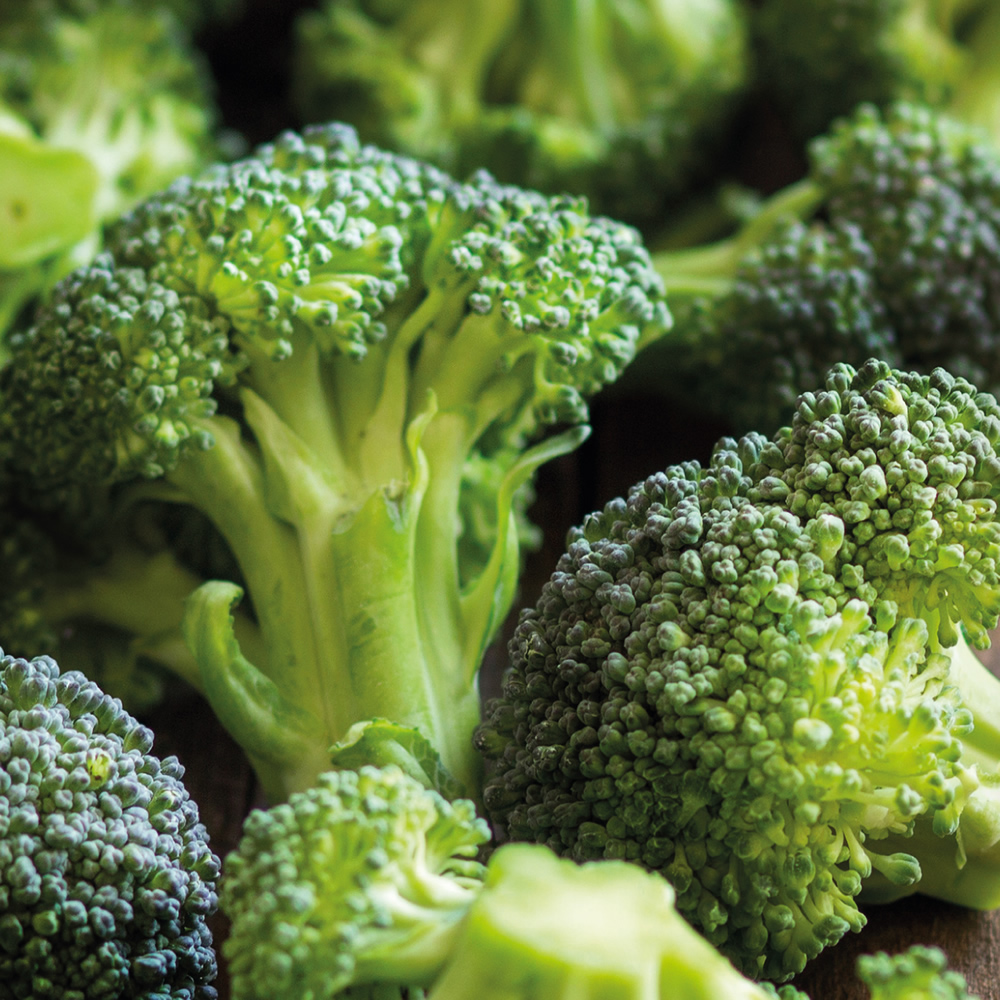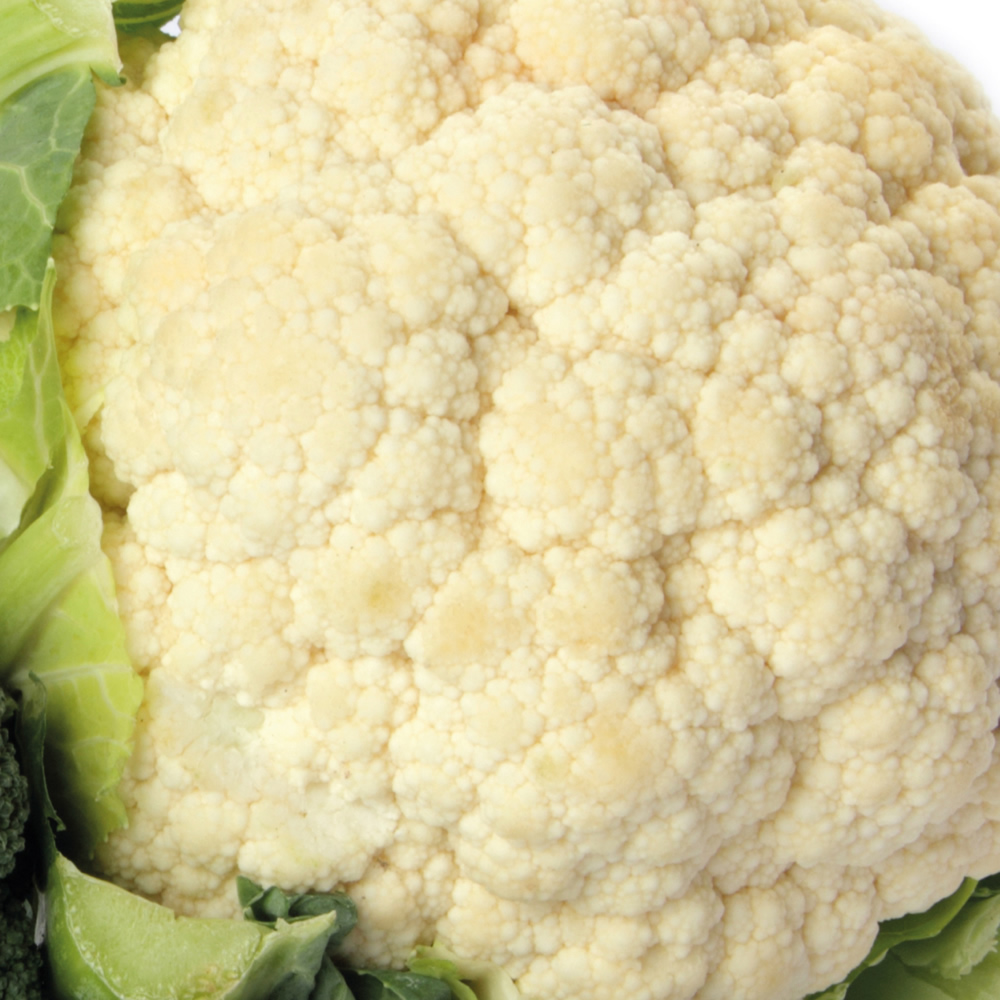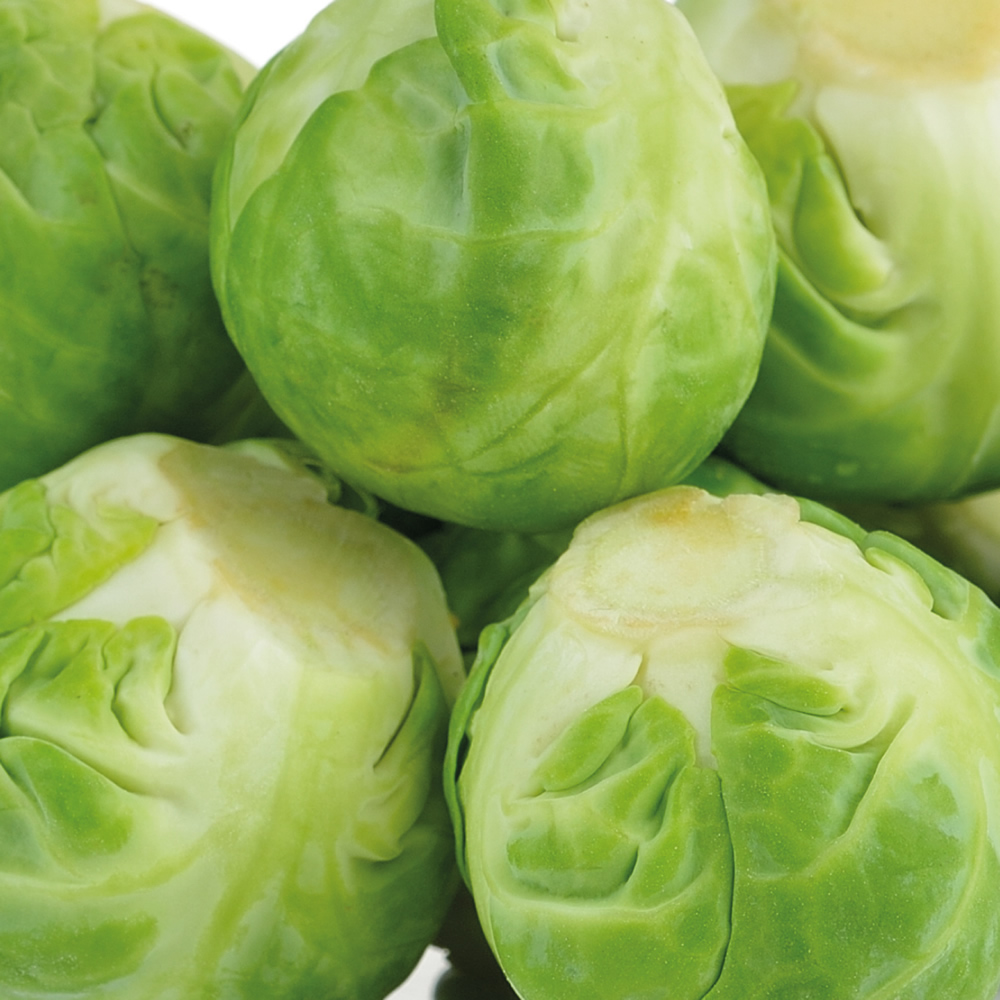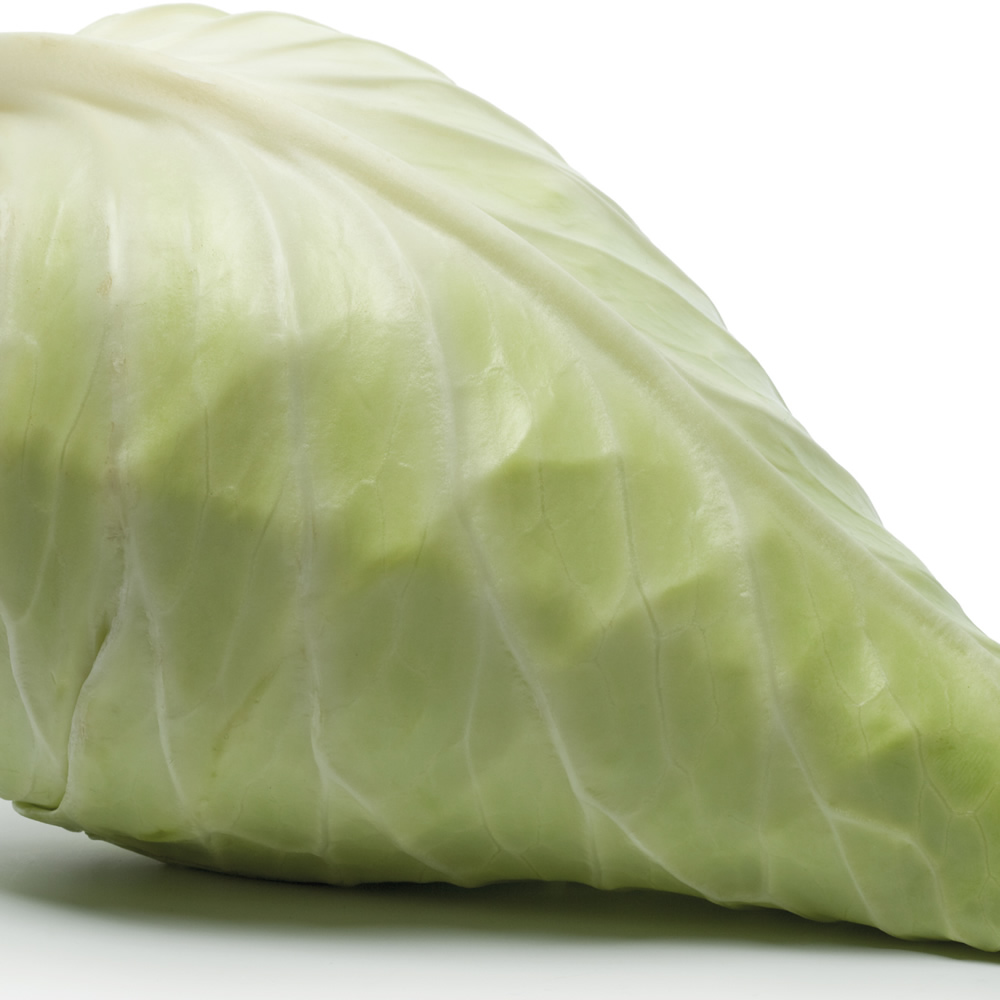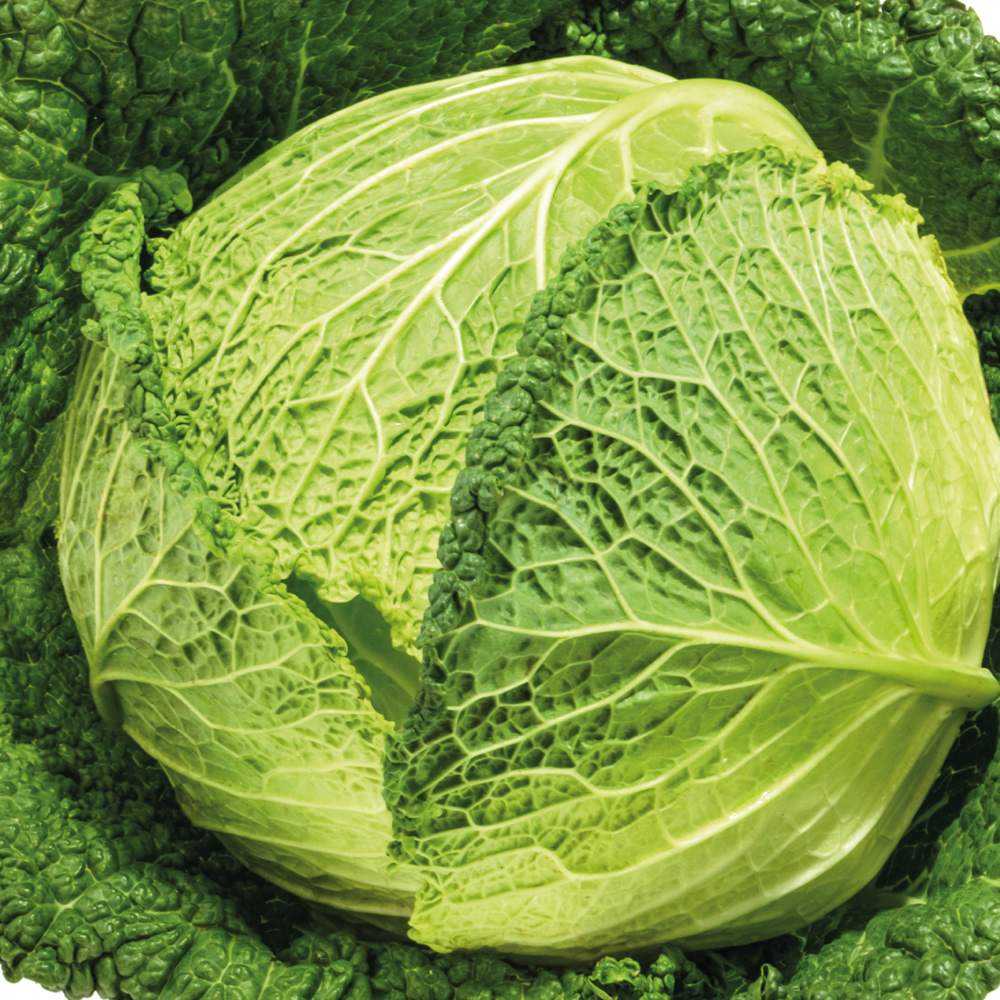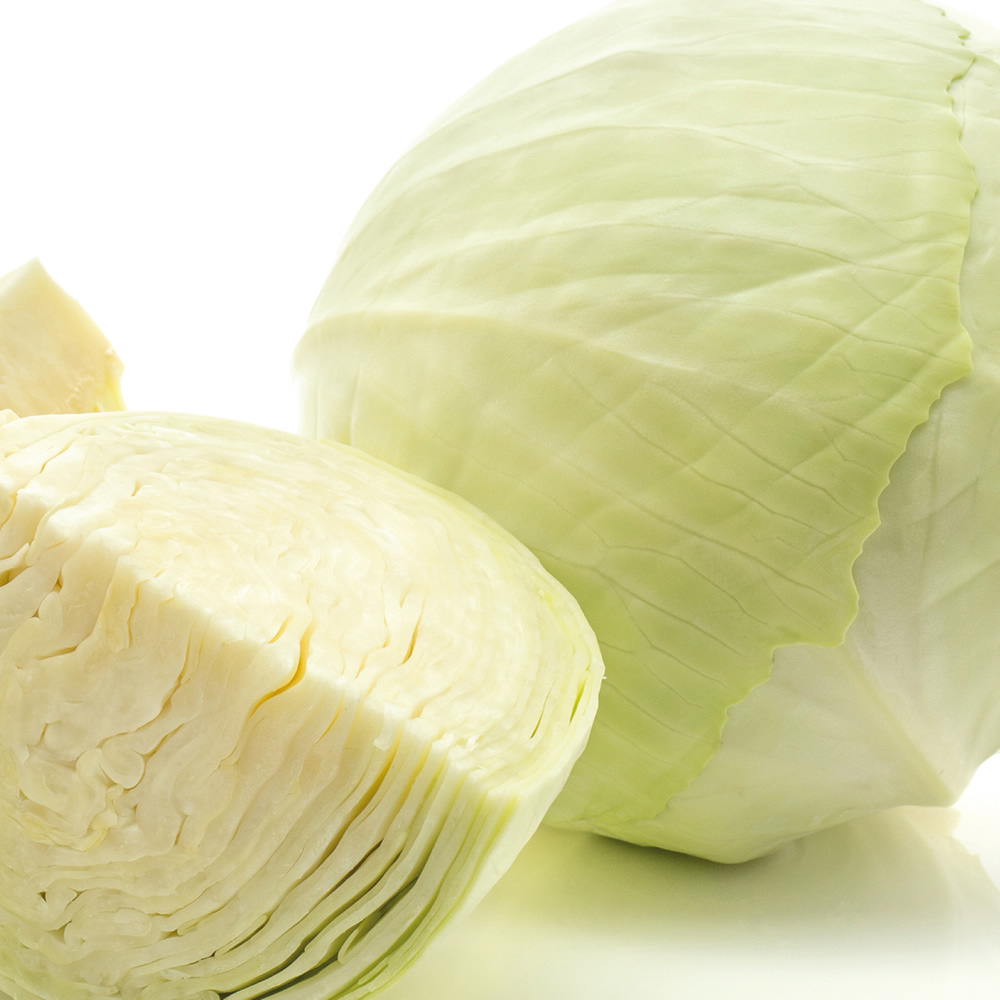OUR FARM
PC Thorold's currently grows approximately 3000 acres of vegetables within a 12 mile radius. The main crop production areas are in Gosberton on some of the best arable land in County.
Our team control programming and crop production. By employing decision support tools such as disease forecasting models and pest trapping and inspecting crops regularly the agronomists can advise our farm on all aspects of crop production. These Integrated Crop Management (ICM) techniques provide the cultural and biological control methods that maximize quality and yields.
The crop managers inspect crops frequently and liaise with the farmer to ensure that crops are harvested in the peak of condition.
The harvesting of all crops is managed and controlled by a dedicated team of harvesting managers and operators.
Our dedicated farms assurance team works closely with our farmers to ensure strict crop production protocols are followed. These ensure crops are produced using environmentally sensitive methods whilst also guaranteeing food safety standards are maintained.
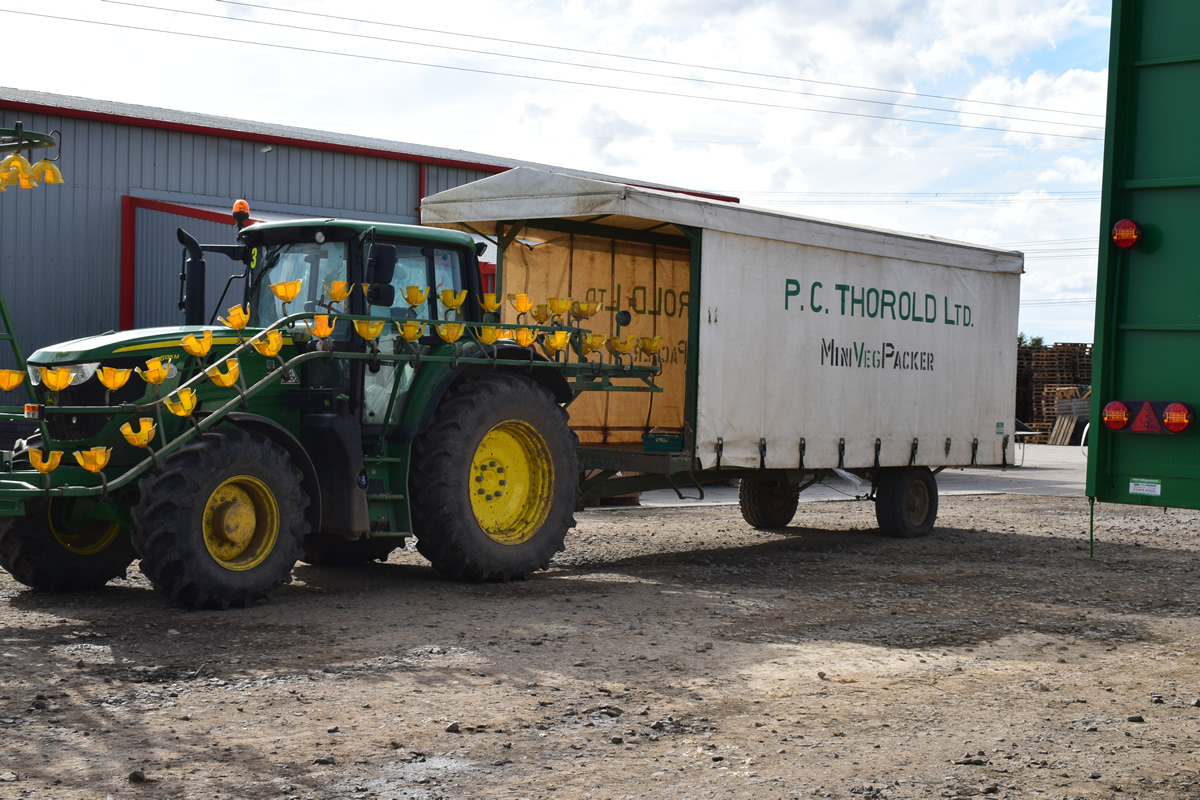

FAMILY FARMING
In a sector dominated by a handful of ultra-large grower-packers, one family farm in Lincolnshire is carving out a niche supplying brassica to multiple retailers and other markets, having invested heavily to increase production over the last 12 years.
P C Thorold Ltd of Gosberton, just north of Spalding is now unrecognisable from the 18 acre County Council smallholding taken on by Cecil and Jean Thorold in the 1940s. The couple began by living in a redundant tram while the first house was being built and production was typical of the many similar market gardens around Spalding at the time. READ MORE
Today the business, which is run by Cecil and Jean's son Peter, together with his daughters Lucy and Shelley and son Ben, grows 3,000 acres (1,215 ha) of brassica a year although Peter points out that, "We are small compared to the some of the other companies in this area." Cropping typically includes 365 ha of broccoli, 280 ha of cauliflower and 100-125 ha of Brussels sprouts. The remainder is made up of various types of cabbage: red, white, Savoy and pointed, and Peter believes, "We are one of the biggest independent growers of pointed cabbage in the country after the big multi-grower packers."
However, it has been a long journey to get to this level of production. When Peter left school in the 1960s his father took on a job driving lorries, leaving Peter and his mother to look after the farm. Then in July 1968 the farm was flooded after 125 mm of rain fell in some parts of South Lincolnshire. "There was nothing left here," remembers Peter. "I think if you look back in the records we had 5½ inches of rain that night. We got up in the morning and all the potatoes were just floating, and it carried on raining and backing up in the big drains."
As a consequence, he also had to look for work outside of the farm, ploughing the money back into the farm until another 14 acres of land became available in 1972. "We stopped growing potatoes and focused on brassicas from the mid 1970s when I met my wife," he explains. "She used to take product to Spalding Auction and Wisbech while we carried on harvesting. We used to harvest in the morning and plant in the afternoon. We also had a bit of glass in the form of old Dutch light houses."
In the early 1990s another 30 acres were taken on as the business invested in the infrastructure required for growing brassicas. At the end of the decade Peter purchase the farm from the Council and started investing in improving areas, including planting a number of trees and building a coldstore and packhouse to supply a key retailer in conjunction with another local supplier.
"Since buying the farm we've invested more than £10 million," adds Peter, illustrating the capital investment required to succeed in such a low margin industry. "You need to have the money to invest." In light of this he is grateful for the support of Lloyds Bank over the years and his bank manager, who is due to retire next year. "We've got 8 acres of concrete," he continues, including the flooring of 1 ha of glass for raising plants. Although some is older, most of the glass was put up five years ago when the farm began raising its own plants, and plans are underway to build a further 0.2 ha.
"Lucy runs the glasshouses as she likes growing the plants as much as I do," explains Peter. "It's good to grow our own plants. For example, if they are ready but it is raining, we can leave them, whereas when we used to have someone grow them for us, if they were ordered, we'd have to put them in the coldstore for a day or two. Doing it ourselves also gives us greater control: Verimark treatment is not cheap and we are in complete control of the application. You are in control of your own destiny."
With two recent blocks costing around £350,000 each, plus the cost of the trays, the glass is another example of the investment needed for vegetable production; however the irrigation system was built in-house, saving some capital expenditure. "We have a good workshop manager who can fabricate anything," explains Peter. "He's just made us a new line for red and white cabbage which would have cost £200,000 if we'd had to buy it in."

ENVIRONMENT
We use our resources effectively to help deliver and meet our environmental targets. Integrated Farm Management helps us set our targets, monitor them and make sure we are running our farms like we want to and as we should do.
Sustainability, efficiency, profit and enjoyment are core elements of the processes we put in place.
We've built soil stores, planted acres of nectar-rich crops for bees, introduced owl boxes and planted over 800 metres of new hedging.

OUR PRODUCE
Availability - June - November
Availability - All Year
Availability - All Year
Availability - September - June
Availability - September - March
Availability - April - December
Availability - June - April
Availability - All Year
Broccoli
About: The word broccoli, from the Italian plural of broccolo, refers to "the flowering top of a cabbage". Broccoli is classified in the Italica cultivar group of the species Brassica oleracea. Broccoli has large flower heads, usually green in color, arranged in a tree-like fashion on branches sprouting from a thick, edible stalk. The mass of flower heads is surrounded by leaves. Broccoli most closely resembles cauliflower, which is a different cultivar group of the same species.
How to Use: Broccoli can be served raw or cooked. Raw broccoli can be added to salads. Serve cooked broccoli as an accompanying vegetable it goes particularly well with chicken or fish dishes. Serve it simply steamed or dress with melted butter or olive oil and lemon juice. Broccoli can be added to stir-fry dishes and cooked florets make a tasty and colourful addition to pasta sauces or bakes.
How to Prepare: Broccoli is often sold ready-trimmed so there is very little wastage. Trim the stalk using a small sharp knife. Cut into even-sized florets and rinse in cold water.
How to Cook: Broccoli can be boiled, steamed or stir-fried. It is easy to overcook broccoli its beautiful vivid bright green colour turns to a dull greenish grey and it loses its crisp texture. To boil broccoli, place the florets in a pan of salted boiling water and cook for 6–8 minutes. To steam broccoli, place it in a steamer and cook for 6–8 minutes. To stir-fry broccoli, break it into bite-sized florets, heat 1 tbsp of olive oil in a frying pan and add the florets, cook for 4–5 minutes or until tender.
How to Store: Keep refrigerated after purchase.
Cauliflower
About: A member of the brassica family, along with broccoli and cabbage, cauliflower was first eaten in Europe in the 13th century and was originally from the Middle East. Cauliflower was originally known as coleflower, meaning cabbage flower. With its classic creamy white florets and delicate flavour it is an attractive and popular choice. As well as the familiar white variety, Romanesco cauliflowers are available. These are conical-shaped and pale green in colour. Baby cauliflowers can also be bought and are an ideal size for a single portion. Whatever variety you buy choose a cauliflower that has a clean, firm head with crisp-looking green outer leaves.
How to Use: Cauliflower can be eaten raw or cooked. Raw cauliflower can be served in salads or as a crudité for dips. It can be made into the ever-popular dish, cauliflower cheese or served simply as an accompanying vegetable. Cauliflower can be made into soup or included in curries, stocks, stir fries and chutneys. Along with green beans, marrow and cucumber it is the one of the classic ingredients in piccallili, a mixed summer vegetable preserve flavoured with mustard and turmeric which gives it a distinctive yellow colour.
How to Prepare: Cut away any outer leaves (these can be cooked like cabbage) and trim the base of the stem. Wash the cauliflower thoroughly in cold running water. If cooking whole either cut a cross in the base of the stem or remove a core from the stalk with a potato peeler this helps to ensure even cooking. Alternatively cut the head into even-sized florets and discard the main stalk which can then be used in stocks or soups.
How to Cook: Cauliflower can be boiled or steamed. To cook a whole cauliflower, place it stem down in a large pan containing 2 5 cm of boiling water (add a squeeze of lemon juice to enhance the creamy white colour), cook for 15 20 minutes until the stalk is tender but still firm. Drain well. To cook florets, bring a pan of water to the boil and cook for 5-10 minutes. Alternatively steam florets for 5-10 minutes. Drain the florets well before serving and season with black pepper.
How to Store: Keep refrigerated after purchase.
Red Cabbage
About: The red cabbage (Brassica oleracea var. capitata f. rubra) has been cultivated in Britain since the Middle Ages. For many years, the British have shredded it and relegated it to the pickling jar, missing out on other delicious cooking methods such as braising.
Its leaves are coloured dark red/purple. However, the plant changes its colour according to the pH value of the soil, due to a pigment called anthocyanin (flavin). On acidic soils, the leaves grow more reddish while an alkaline soil will produce rather greenish-yellow coloured cabbages. This explains the fact that the same plant is known by different colours in various regions. Furthermore, the juice of red cabbage can be used as a home-made pH indicator, turning red in acid and blue in basic solutions. It can be found in Northern Europe, throughout the Americas, and in China.
On cooking, red cabbage will normally turn blue. To retain the red colour it is necessary to add vinegar or acidic fruit to the pot.
Red cabbage needs well fertilized soil and sufficient humidity to grow. It is a seasonal plant which is seeded in spring and harvested in late fall. Red cabbage is a better keeper than its "white" relatives and does not need to be converted to sauerkraut to last the winter.
How to Use: Red cabbage can be served raw or cooked. Raw red cabbage can be served in salads or pickled in vinegar to serve with cold meats and baked potatoes. Serve braised red cabbage cooked with apple and brown sugar as a side dish to accompany beef, pork or game dishes or include in stir-fries.
How to Prepare: Remove any damaged outer leaves and cut the cabbage in half and then into quarters, cut off the hard white core from each quarter at an angle. Slice and wash thoroughly.
How to Cook: Red cabbage is best braised, unlike other types of cabbage it does not spoil if overcooked. To braise red cabbage, layer the prepared red cabbage, 1 diced cooking apple, 3 tbsp brown sugar, 3 tbsp red wine vinegar, seasoning and a knob of butter in a flameproof casserole. Cook on the hob over a low heat or in the oven at 150C, gas mark 2 for 1-2 hours or until very tender and cooked right through. To stir-fry red cabbage, heat 1 tbsp olive oil in a frying pan, add the cabbage and stir fry for 4-5 minutes or until tender but still crisp.
How to Store: Keep refrigerated after purchase
Spring Greens
About: Spring greens are a cultivar of Brassica oleracea in the cultivar Acephala Group, similar to kale, in which the central leaves do not form a head or form only a very loose one. It is considered to be closer to wild cabbage than most other domesticated forms, and is grown primarily in northern Europe, where its tolerance of cold winters is valued for an early spring supply of edible leaves.
The leaves, being loose, are fully exposed to light, and so are dark green, well textured and strongly flavoured and are also particularly rich in vitamin C, folic acid and dietary fibre, making them a very healthy food.
How to Use: Spring greens are served cooked. Serve as a side dish with plenty of butter and seasoning to accompany lamb, game, pork, beef and sausages. Or add to soups, stir-fries or vegetable bakes.
How to Prepare: Remove the leaves from the loose head, wash thoroughly and shred finely.
How to Cook: Spring greens can be steamed or stir-fried. To steam, place the leaves in a steamer and cook for 5-7 minutes or until just tender. To stir-fry, heat 1 tbsp oil in a frying pan and add the greens, stir-fry for 3-5 minutes or until just tender.
How to Store: Keep refrigerated after purchase.
Brussels Sprouts
What are Brussels sprouts?
- Sprouts look like miniature heads of cabbage, with a similar taste, although sprouts have a slightly milder flavour and denser texture
- They grow in a tight spiral pattern on thick stalks with a burst of large leaves at the top
- They should be clean, fresh and bright in appearance, as well as being mid to dark green in colour, and firm with tight clasping leaves
What nutrients do they contain?
- An average portion of cooked sprouts contains
- 81% of your recommended daily allowance of vitamin C which is needed for normal growth and development
- 12% of your recommended daily allowance of folic acid which is needed to make healthy new cells
- 28 calories and 0.4g of fat
Where and when are they grown?
- Sprouts are grown
- In the UK from August to April
How are they grown and harvested?
- Seed is sown and propagated in glasshouses
- Young plants are transferred to fields where they mature into adult plants
- Stalks are harvested by machines which remove the buttons from the stalk
- If required sprouts are vacuum cooled in order to ensure freshness and maximise shelf life
- Next, they are graded and packed either loose into lined trays, or into vertical form filled bags
How do I ensure my sprouts are kept fresh?
- Best kept refrigerated in a perforated plastic bag
- At room temperature the butts discolour, and the leaves quickly turn yellow
How can I best use and enjoy Brussels sprouts?
- Best steamed or microwaved to help preserve the nutrients
- Other ideas include eating sprouts raw grated over salad, or make them into a soup
Did you know?
- According to a 2002 survey, Brussels sprouts are the most hated vegetable in Britain, but the UK produces 6 times as many sprouts as the USA
Sweetheart Cabbage
About: Sweetheart, or pointed cabbage as it is sometimes known is a type of green cabbage with green leaves and a pointed head. The leaves are more open than those of a green cabbage and they have a softer texture and sweeter taste. When buying pointed cabbage look for crisp, bright looking leaves and avoid any that are wilting, yellowing or have discoloured patches or holes.
How to Use: Pointed cabbage is usually eaten cooked. It can be added to stir-fries or served with butter and black pepper as a side dish. It makes a tasty accompaniment to hearty stews and casseroles as well as grilled chops or steaks.
How to Prepare: Remove any damaged outer leaves and cut the cabbage in half and then into quarters, cut off the hard core from each quarter at an angle. Slice and wash thoroughly.
How to Cook: Cabbage can be steamed, boiled or stir-fried, it is easy to overcook cabbage and spoil its texture and flavour so just cook until tender. To steam cabbage, place in a steamer and cook for 5-10 minutes until tender but still crisp. To boil, bring a pan of water to the boil, add the prepared cabbage and cook for 5 8 minutes until tender but still crisp. To stir-fry cabbage, heat 1 tbsp oil in a frying pan, add the cabbage and stir fry for 4-5 minutes or until tender but still crisp.
How to Store: Keep refrigerated after purchase.
Savoy Cabbage
About: Savoy cabbage (Brassica oleracea convar. capitata var. sabauda L.) is a variety of the cabbage, a cultivar of the plant species Brassica oleracea. Savoy cabbage is a winter vegetable. With its dark green crinkly or curled leaves, Savoy cabbage has quite a different texture and appearance from white, spring or green cabbage. It has loose tender leaves and a mellow flavour. Choose Savoy cabbage that has crisp-looking dark green leaves without any holes or discoloured patches. It should be firm and heavy for its size.
How to Use: Savoy cabbage is served cooked. Serve as a side dish with black pepper and butter, include in stir-fries or use individual leaves to enclose savoury fillings such as risottos or minced meat mixtures.
How to Prepare: Remove any damaged outer leaves and cut the cabbage in half and then into quarters, cut off the hard core from each quarter at an angle. Slice and wash thoroughly.
How to Cook: Cabbage can be steamed, boiled, stir-fried or used as a wrap for fillings, it is easy to overcook Savoy cabbage and spoil its texture and flavour so just cook until tender. To steam cabbage, place in a steamer and cook for 5-10 minutes until tender but still crisp. To boil, bring a pan of water to the boil, add the prepared cabbage and cook for 5 8 minutes until tender but still crisp. To stir-fry cabbage, heat 1 tbsp oil in a frying pan, add the cabbage and stir fry for 4-5 minutes or until tender but still crisp. To use individual leaves for fillings, place the filling in the centre of the leaf and bring the sides of the leaf over and then tuck in the top and bottom. The parcels can be steamed or covered in sauce and baked.
How to Store: Keep refrigerated after purchase.
White Cabbage
About: Round and firm, white cabbages have tightly packed, glossy, pale-green leaves. Their sweet, mild taste makes them excellent in salads such as coleslaw.
Cabbage leaves often have a delicate, powdery, waxy coating called bloom. The occasionally sharp or bitter taste of cabbage is due to glucosinolate(s). Cabbages are also a good source of riboflavin.
The cultivated cabbage is derived from a leafy plant called the wild mustard plant, native to the Mediterranean region, where it is common along the seacoast. Also called sea cabbage and wild cabbage, it was known to the ancient Greeks and Romans; Cato the Elder praised this vegetable for its medicinal properties, declaring that "It is the cabbage that surpasses all other vegetables."The English name derives from the Normanno-Picard caboche (head), perhaps from boche (swelling, bump). Cabbage was developed by ongoing selective breeding for suppression of the internode length.
How to Use: White cabbage is served cooked. Serve as a side dish with black pepper and butter or include in stir-fries.
How to Prepare: White cabbages can be sliced or cut in wedges, boiled or steamed as a vegetable, or added to soups and stews, it is also used to make sauerkraut. Before use, remove any tough outer leaves.
How to Cook: Cabbage can be steamed, boiled or stir-fried, it is easy to overcook cabbage and spoil its texture and flavour so cook until just tender. To steam cabbage, place in a steamer and cook for 5-10 minutes until tender but still crisp. To boil, bring a pan of water to the boil, add the prepared cabbage and cook for 5 8 minutes until tender but still crisp. To stir-fry cabbage, heat 1 tbsp olive oil in a frying pan, add the cabbage and stir-fry for 4-5 minutes or until tender but still crisp.
How to Store: Store in a cool, dark place. They should keep for up to a fortnight. White cabbages are unsuitable for freezing.
MARKET SECTORS
We have considerable experience in many market sectors of the industry. We are routinely serving into the following:
- Retail
- Pre-packing
- Food service
- Wholesale
- Markets
- Export
If you are a customer looking for products in these sectors, or if you are a grower looking for market outlets in these sectors then please get in touch.
TRACEABILITY
We have invested in a modern I.T. traceability system. This gives us complete traceability of our produce and gives our customers the peace of mind that all supplies can be traced back quickly and efficiently.
STORAGE
Produce is kept fresh and is chilled in cold storage facilities with high humidity fogging systems. This creates the perfect environmental conditions for optimum produce freshness. Blast chillers are also in place for rapid heat reduction.


PACKING
The packing facilities at PC Thorold's Ltd houses sophisticated vegetable floretting, grading and vertical form-fill packing equipment. We also pack many whole head brassicas by means of shrink-wrap, flow-wrap and over-wrap techniques.
Produce is kept fresh and is chilled in cold storage facilities with high humidity fogging systems. This creates the perfect environmental conditions for optimum produce freshness. Blast chillers are also in place for rapid heat reduction.


